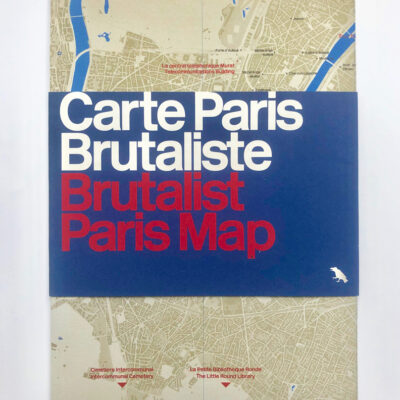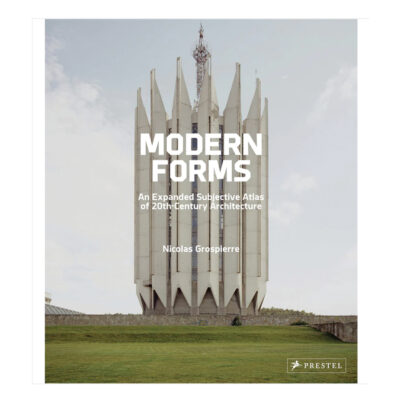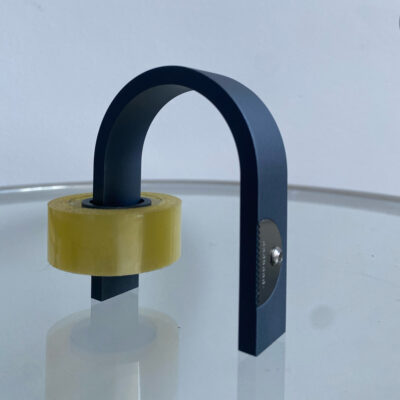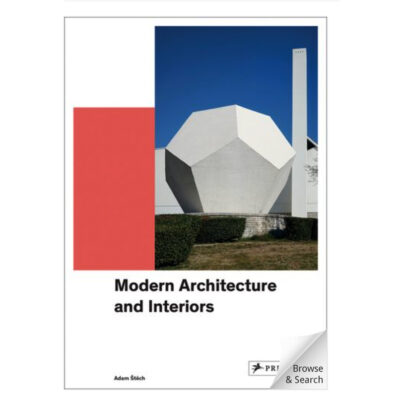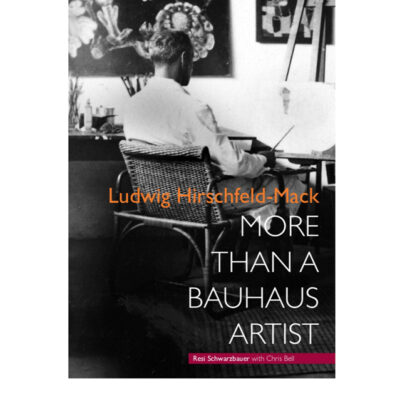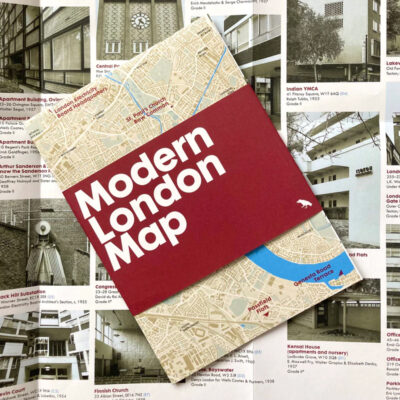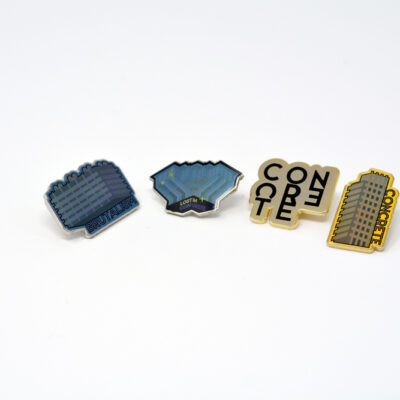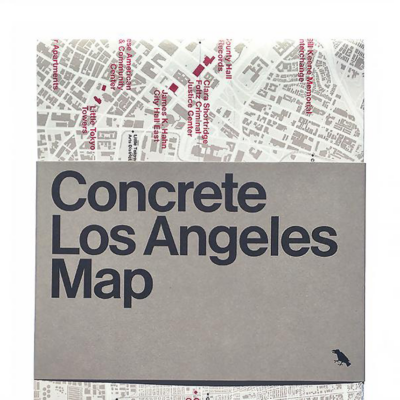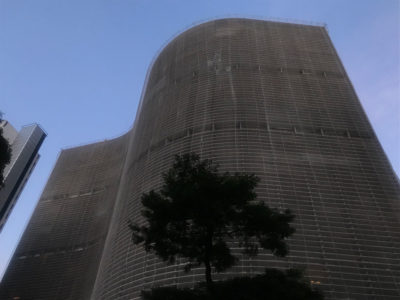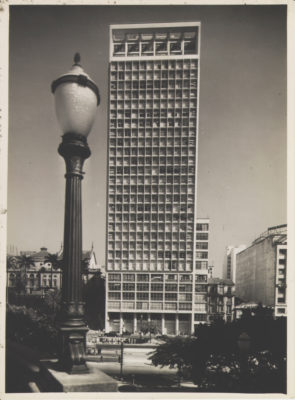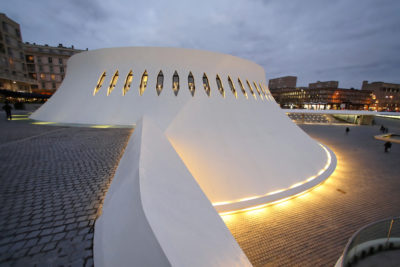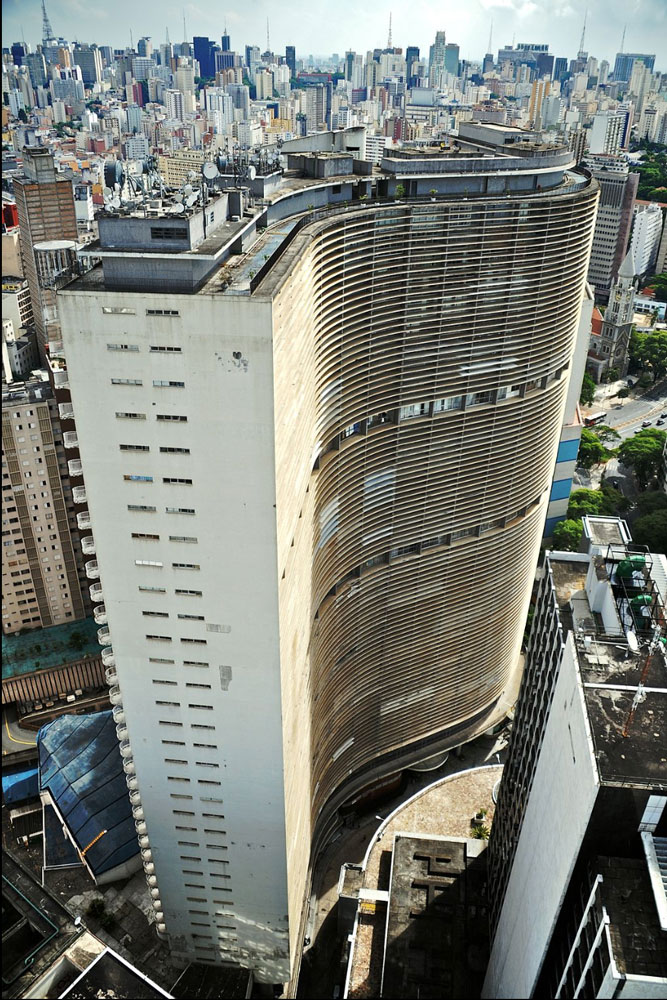
Oscar Niemeyer
Brazilian architect, 1907-2012, both within Brazil and outside during his exile years he created some of the world’s most exciting designs.
“Right angles don’t attract me. Nor straight, hard and inflexible lines created by man. What attracts me are free and sensual curves. The curves we find in mountains, in the waves of the sea….”
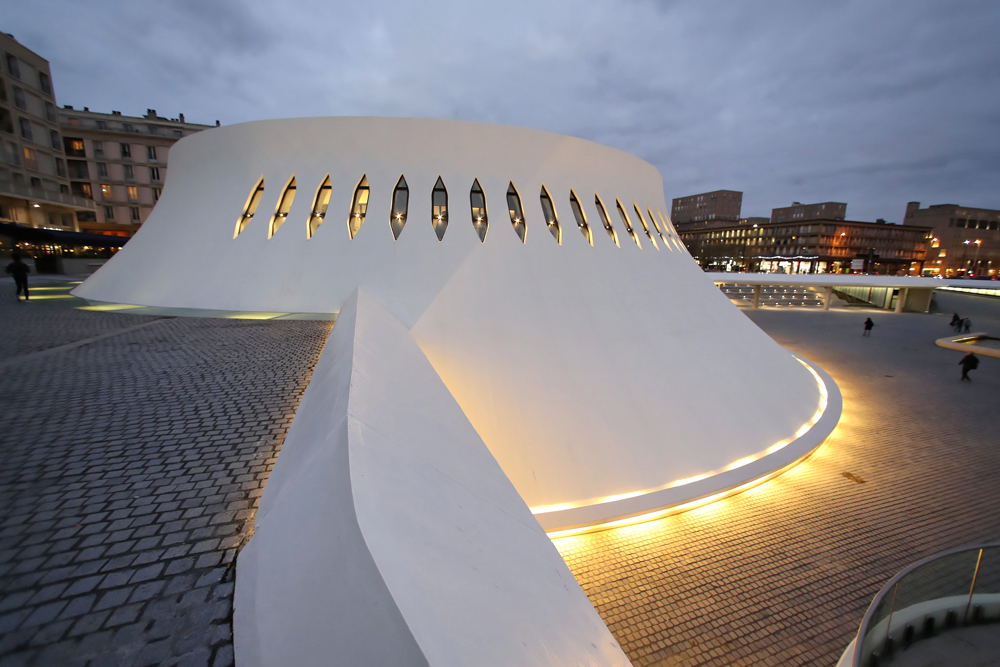
Library by night Philippe Breard ©
The Curves of Time, Niemeyer’s 1998 memoir
Oscar, born Oscar Ribeiro de Almeida Niemeyer Soares Filho, was educated at the Academy of Fine Arts, the Escola Nacional de Belas Artes in Rio de Janario reading Architecture and Engineering completing his education in 1934. He worked partially for his father as a typographist and also as a draughtsman in local firms, in one of those firms he met Lucia Costa who became an important mentor for Oscar and just as importantly Oscar became an important figure for Lucia.
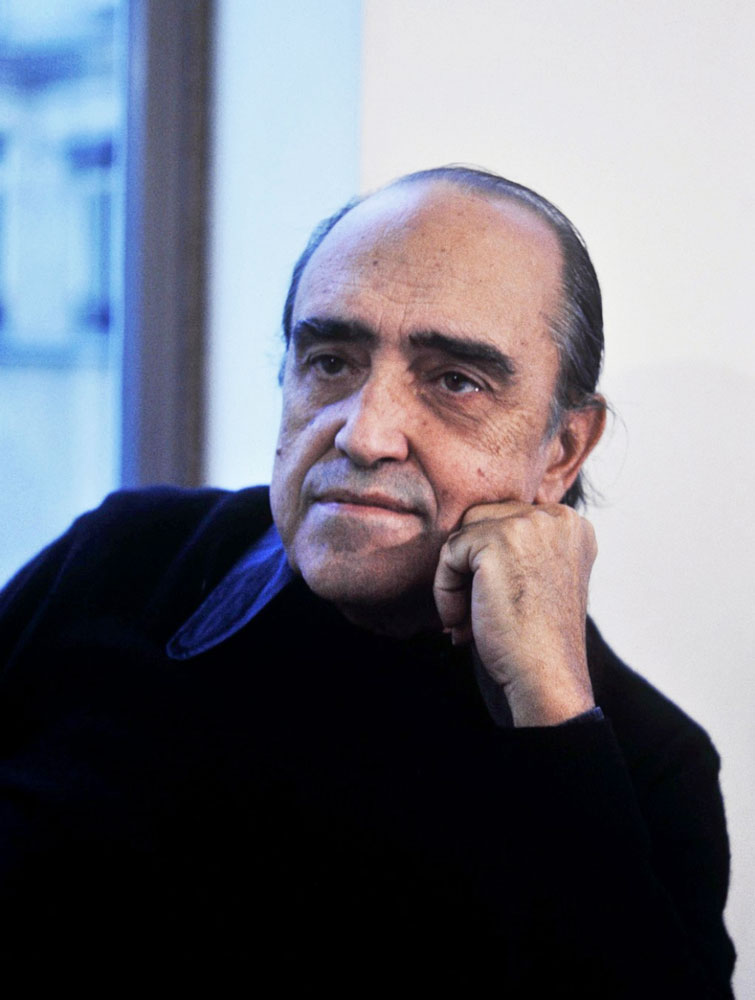
Oscar Niemeyer: Image Roger Pic
Together they created Brazil’s Pavillion for the 1939 New York World’s Fair with panels painted by Cândido Portinari. Typically the pavilions were designed to showcase business as well as cultural excellence, however in the hands of Niemeyer and Costa what was created was far more of an artistic endeavour which was widely praised. The team had arrived in NYC a year earlier and were given office space by Wallace Harrison, a man who would later work with Niemeyer on the United Nations project.
They returned to Brazil continued working, the country was supplying troops to the allies so life would not function completely normally until the war ended. One project of note completed during this period was the 1943 Pampulha Complex.
In 1945 Niemeyer was chosen by Lucia Costa to be part of the team working in collaboration with Corbusier, creating a landmark modernist building in Rio de Janeiro, the Ministry of Education aka the Palácio Gustavo Capanema. They were joined on the project by Affonso Eduardo Reidy, Ernani Vasconcellos, Carlos Leão, Jorge Machado Moreira and Roberto Burle Marx.

Edificio Gustavo Capanema Rio de Janeiro: Image Marcos Leite Almeida
Niemeyer caught the eye of the city’s then mayor, who would later become President of Brazil, Juscelino Kubitschek and become a pivotal figure in his career.
It wasn’t just the local Mayor who had spotted his brilliance, he was invited to return to NYC in 1947 to become part of the team working with Corbusier to create the Headquarters for the newly formed United Nations. Whilst he was able to work on this project he was not able to accept offers from Yale or Harvard as he had zero chance of getting an American work permit in an America caught up in ‘Red Under the Bed’ fever. He was an unabashed, lifelong communist party membership.
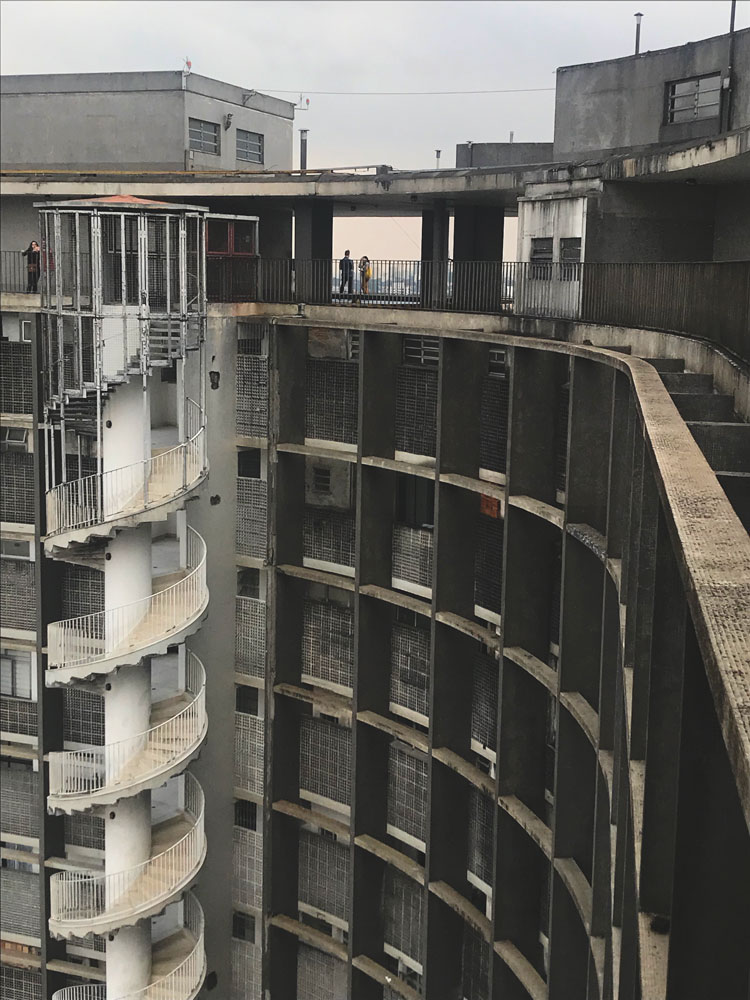
Rooftop View From The 32nd Floor: Image David Torrance ©
This by no means hampered his career instead arguably he entered a period when, in some people’s opinion, he created some of his most iconic buildings. He returned to Rio and built a spectacular family home called Casa das Canoas which is today open to the public. In 1952 Niemeyer began building Edificio Copan ultimately completed in 1966 after he had left the country.
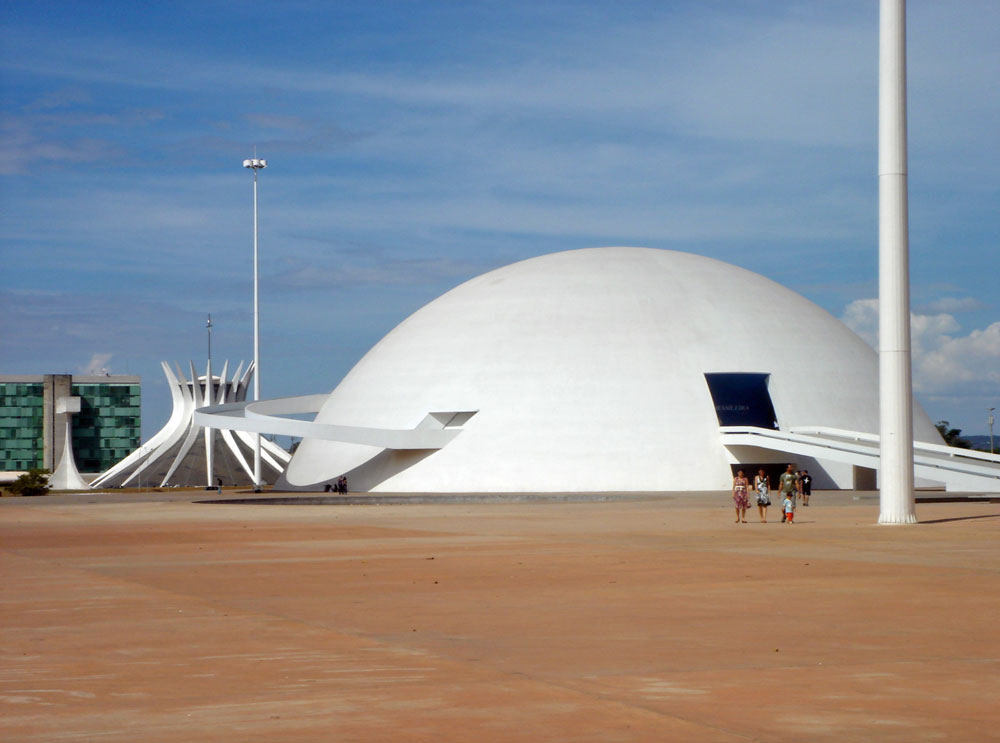
Museu Nacional Brasilia with the Cathedral beyond: Image Mario Roberto Duran Ortiz
When the decision was made in 1956 by President Juscelino Kubitschek to move the capital away from Rio de Janeiro into a more central location in the vast country as part of his ’50 years of prosperity in 5′ plan, he visited Niemeyer at Casa das Canoas and asked him to create the new planned city which would called Brasilia.
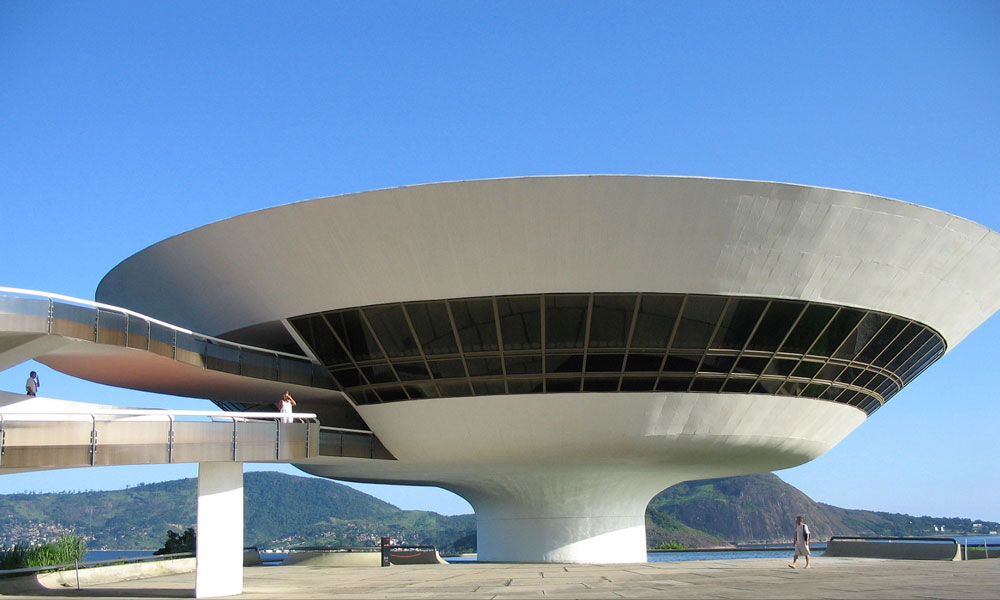
Museu de Arte Contemporânea MAC Niterói Brasilia: CC BY SA 2.0
Niemeyer was given the role of Chief Architect of Public Buildings, Lúcio Costa and Joaquim Cardoza joined the project and Roberto Burle Marx was chosen to create the landscape architecture. It was officially inaugurated on 21st April 1960.
By now Niemeyer was working on projects and teaching in the University. However in a matter of a few years, the political life of Brazil was in turmoil, it’s neighbour Cuba had become Communist and in 1964 there was a military-led coup d’état which overthrew the government sweeping into power Humberto de Alencar Castelo Branco’s military dictatorship which was to last for more than 20 years.
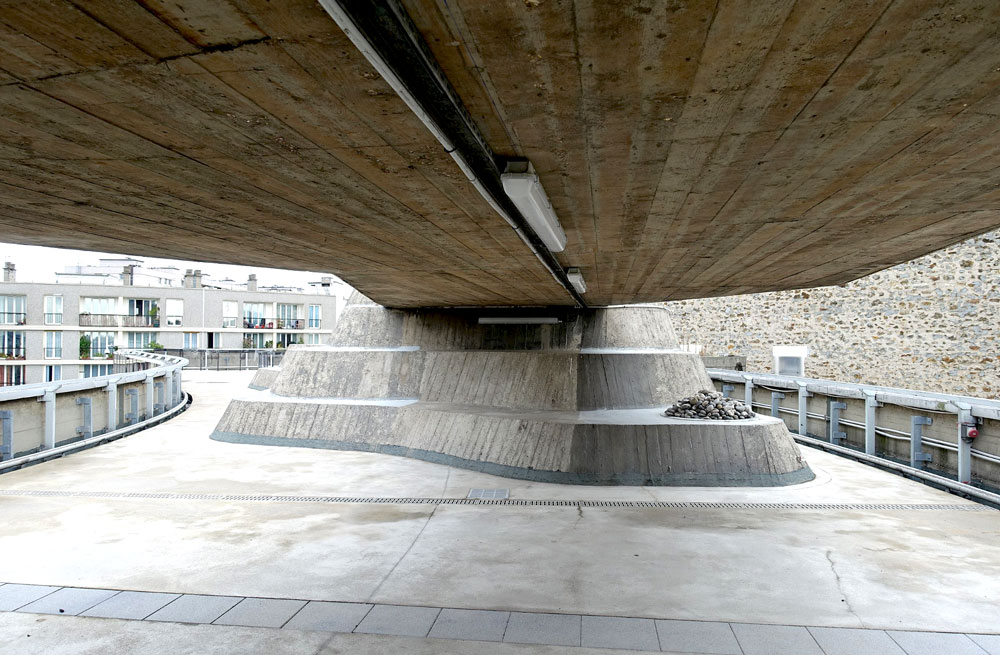
Image Guilhem Velut CC BY SA 2.0
Niemeyer a life-long communist’s sense of security was rightly shattered, his communist sympathies were well documented and longstanding. As a prominent architect, he was on the radar of the new government, when his office was ransacked in 1965 he felt compelled to leave Brazil abruptly. Leaving behind his students, his home and some unfinished projects, notably the Cathedral of Brasilia and the Itamaraty Palace.
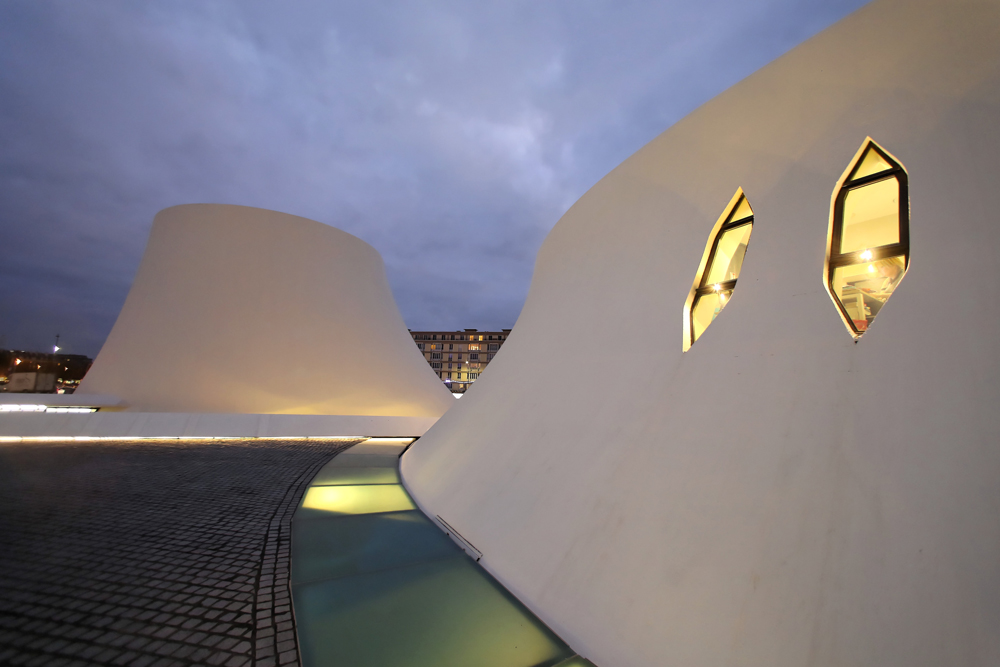
Library Volcan by night Image Philippe Breard ©
In Europe he was very much in demand and accepted two Parisian jobs when he arrived, to design the offices for Renaut Cars and the Communist Party Headquarters. When the port of Le Havre was rebuilt in 1972 he was chosen to design the cultural centre.
In Italy Niemeyer designed the Mondadori Editorial Office in 1968 and FATA in Turin in 1979. Other projects included La Coupole Olympic Stadium in Algiers and the University of Constantine in Algeria.
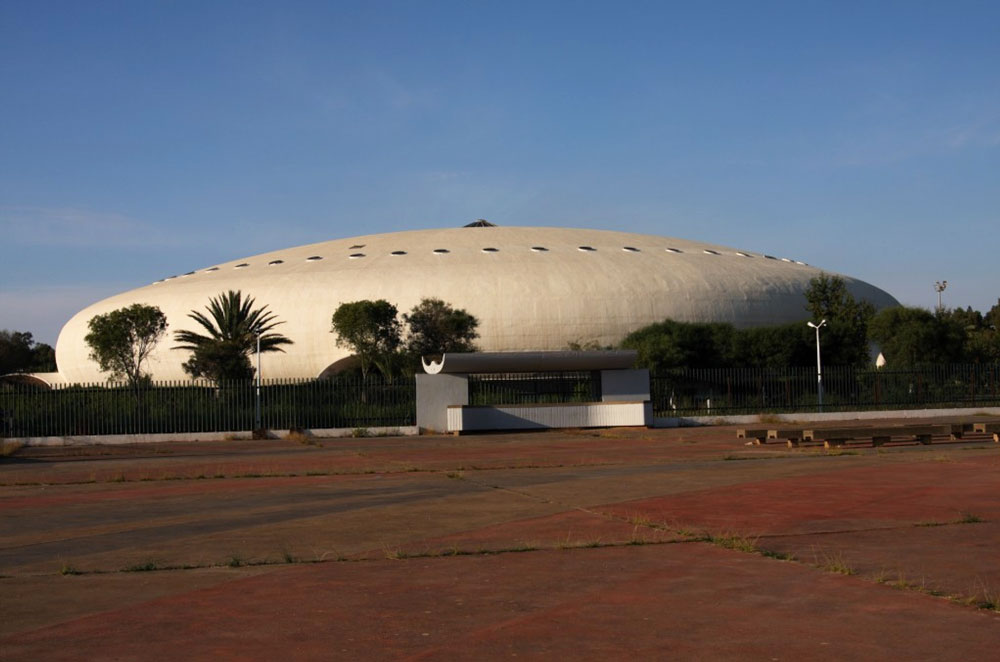
La Coupole Algiers Olympic Stadium: Image R Vince CC BY SA 3.0
He based himself in France throughout this period and did not return to Brazil until 1985 when the dictatorship had ended. He began working almost immediately until he died at the age of 105. Brazil’s most influential newspaper described him as “the concrete poet” in his obituary. The home he had left so abruptly is today the Oscar Niemeyer Foundation.
Amongst his many awards was the Lenin Peace Prize and the Pritzker Prize and the AIA Gold Medal, RIBA Gold Medal 1998
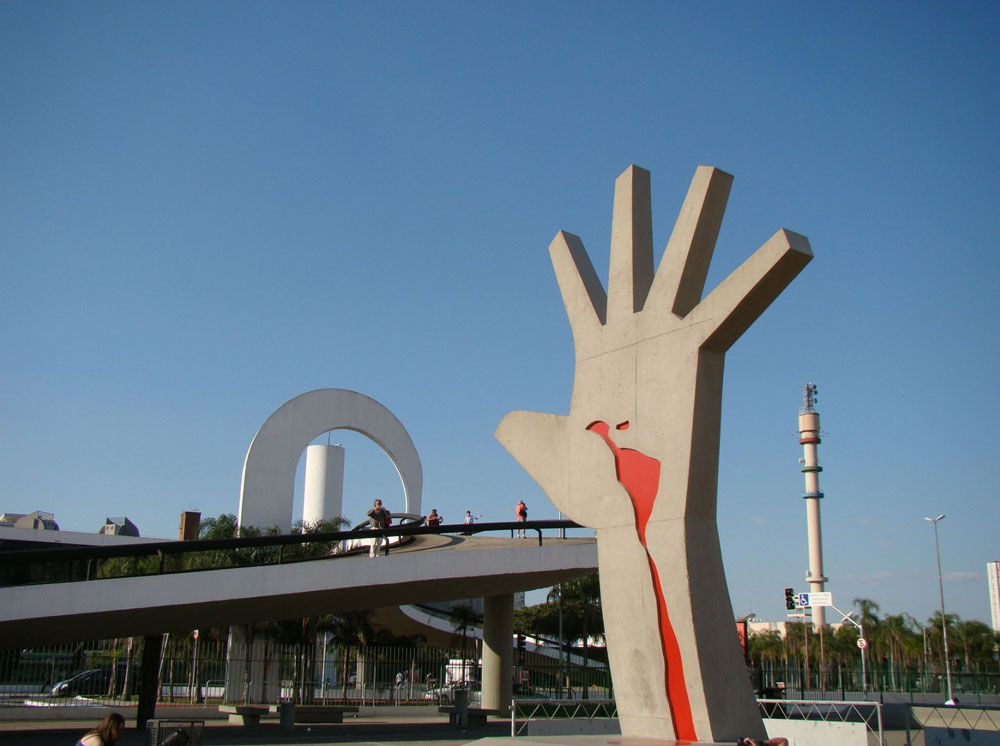
Memorial to South America, São Paulo Monica Evelyn da Silva CC BY SA 4.0




